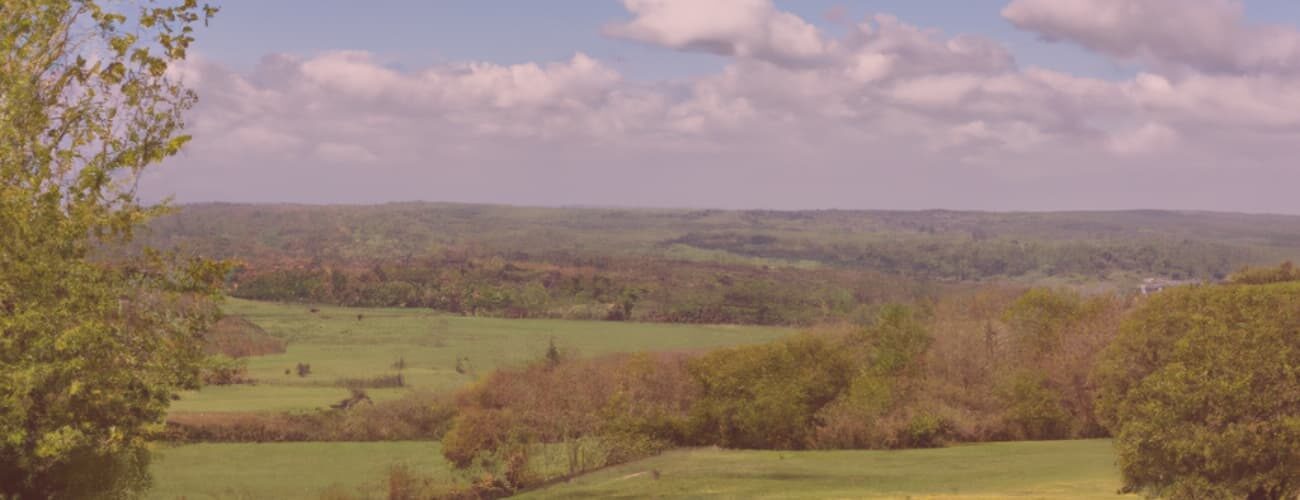This chronology lists all events in Midsomer’s history mentioned in Midsomer Murders, sorted by season and episode.
Are you watching a particular episode? Or you just don’t want a chronological overview of Midsomer’s history, but in the order of the series?
No problem, here it is! 💁🏼♀️
And for a better overview (and to reduce the loading time of this page) I have created a subpage for each season. Sometimes there is only one episode per season, sometimes there are several. So that you don’t click in vain, the episodes are listed directly on this page.
S01E01 Written in Blood
S02E01: Death‘s Shadow
S02E02: Strangler’s Wood
S02E03: Dead Man’s Eleven
S03E03: Judgement Day
S03E04: Beyond the Grave
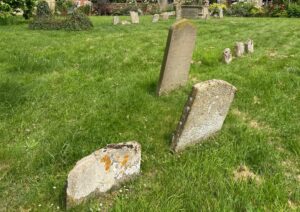
S04E01: Garden of Death
S05E01: Market for Murder
S05E02: A Worm in a Bud
S05E03: Ring Out Your Dead
S05E04 Murder on St Malley’s Day
S06E01: A Talent for Life
S06E03: Painted in Blood
S06E04: A Tale of Two Hamlets
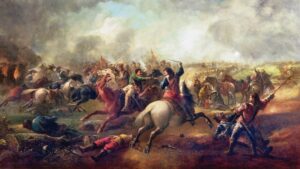
S07E01: The Green Man
S07E02: Bad Tidings
S07E03: The Fisher King
S07E06: The Straw Woman
S08E01: Things That Go Bump in the Night
S08E04: Bantling Boy
S08E07: Sauce for the Goose
S08E08: Midsomer Rhapsody
S09E01: The House in the Woods
S09E04: Down Among Dead Men
S09E05: Four Funerals and a Wedding
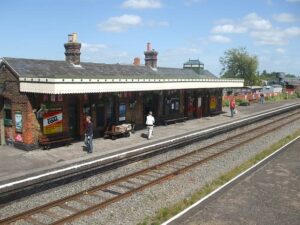
S10E01: Dance with the Dead
S10E06: Picture of Innocence
S10E07: They Seek Him Here
S11E01 Shot at Dawn
S11E02: Blood Wedding
S11E05: The Magician’s Nephew
S11E07: Talking to the dead
S12E02: The Black Book
S12E03: Secrets and Spies
S12E04: The Glitch
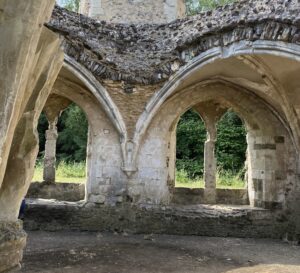
S13E01: The Sword of Guillaume
S13E04: The Silent Land
S13E06: The Noble Art
S14E01: Death in the Slow Lane
S14E02: Dark Secrets
S14E05: The Sleeper Under the Hill
S14E06: The Night of the Stag
S14E07: A Sacred Trust
S15E01: The Dark Rider
S15E03: Written in the Stars
S15E04: Death and the Divas
S15E05: The Sicilian Defence
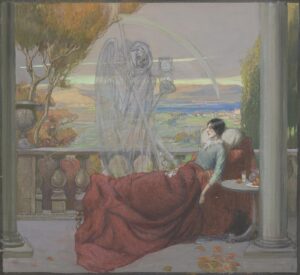
S16E02: Let Us Prey
S16E03: Wild Harvest
S16E04: The Flying Club
S17E02: Murder by Magic
S17E03: The Ballad of Midsomer County
S17E04: A Vintage Murder
S18E05: Sinners and Saints
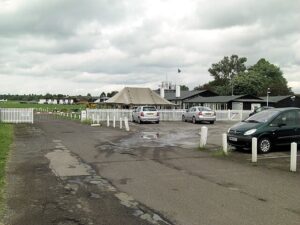
S19E01: The Village That Rose from the Dead
S19E03: Last Man Out
S19E05: Death by Persuasion
S20E01: The Ghost of Causton Abbey
S21E02: The Miniature Murders
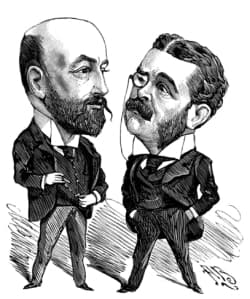
S22E05: For Death Prepare
S23E02: Debt of Lies
S23E03: A Grain of Truth
S24E01: The Devil’s Work
S24E04: A Climate of Death
This chronology contains all the important dates in Midsomer’s history up to the end of season 24. (but no risk of spoilers). For the calculation of some events that are only indirectly dated (e.g. “a hundred years ago”), I have chosen the year of broadcast in the UK as the reference year.
More dates – especially murders – from 1997 onwards will be added. For this I still need a good concept of which events to mention in a county chronology and which not. You could choose local celebrities and particularly bizarre murders – but at what point is someone a local celebrity? And when is a murder particularly bizarre? I’m afraid we all answer these questions differently. And that’s why I need a guideline. If I might have forgotten something, please contact me by email.
🤓 Read more about Midsomer Murders & History
The Chronology of Midsomer County by Year or by Episodes
Deep Dives into Midsomer & History
This is an independent, non-commercial project. I am not connected to Bentley Productions, ITV or the actors.


